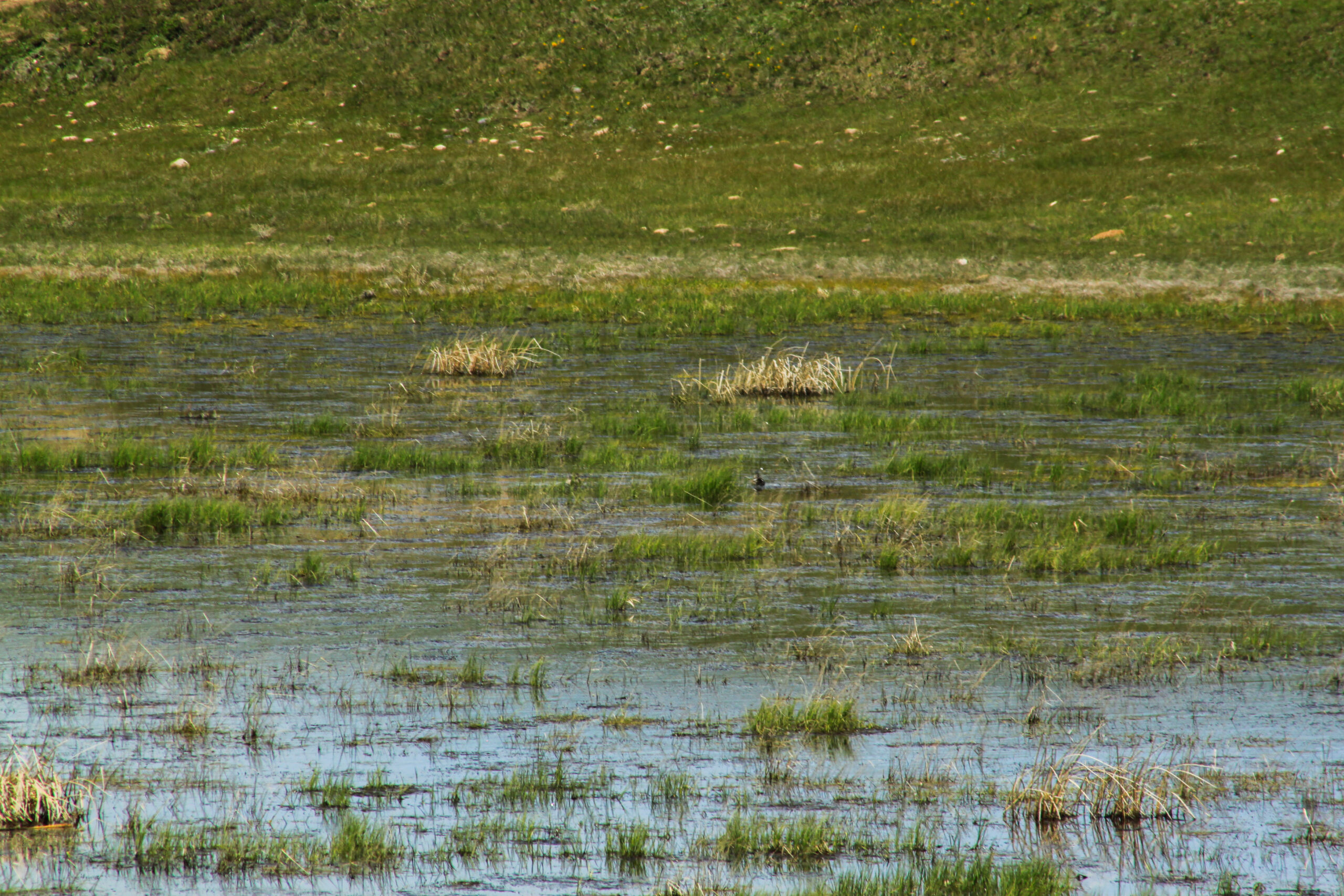AB Direct - Steers
Rail: 492.00-493.50 FOB feedlot (last week)
AB Direct - Heifers
Rail: 492.00-493.50 FOB feedlot (last week)
US Trade- Steers
Rail: 355.00-363.00 (IA, NE) last week
US Trade - Heifers
Rail: 355.00-363.00 (IA, NE) last week
Canadian Dollar
0.19

Anthrax confirmed in Paynton, Saskatchewan
Saskatchewan Agriculture has issued a warning to livestock producers following the confirmation of anthrax in cattle within the Rural Municipality (RM) of Paynton No. 470. Laboratory tests on May 13 identified anthrax as the cause of death.
Anthrax, caused by the bacteria Bacillus anthracis, can remain dormant in soil for decades. Environmental changes, such as alternating periods of flooding and drying, can lead to an accumulation of spores on pastures. These spores often gather in sloughs and potholes, posing a higher risk to animals during dry spells when these areas become accessible. Additionally, spores can be unearthed during excavation or heavy runoff.
Livestock, including bison, cattle, sheep, and goats, are highly susceptible to anthrax when they consume contaminated forage. Horses can also be affected, though swine, birds, and carnivores show greater resistance. Farm dogs and cats should be kept away form carcasses to prevent infection.
Typically, animals infected with anthrax are found dead without prior signs of illness. Vaccination is an effective preventative measure, and producers in areas with a history of anthrax outbreaks are advised to vaccinate their livestock annually. If neighbouring farms report anthrax cases, vaccinating is recommended to safeguard your animals.
Carcasses of suspected anthrax cases should not be moved or disturbed and must be protected from scavengers like coyotes and ravens to prevent environmental contamination.
Producers who suspect anthrax should contact their local veterinarian immediately for diagnosis. Confirmatory tests must be conducted in a laboratory, and any positive results must be reported to the provincial Chief Veterinary Officer without delay.
While the risk to humans is minimal, people can contract anthrax through direct contact with infected animals or carcasses. Anyone who believes they have been exposed should seek advice from their local health authority or physician.


